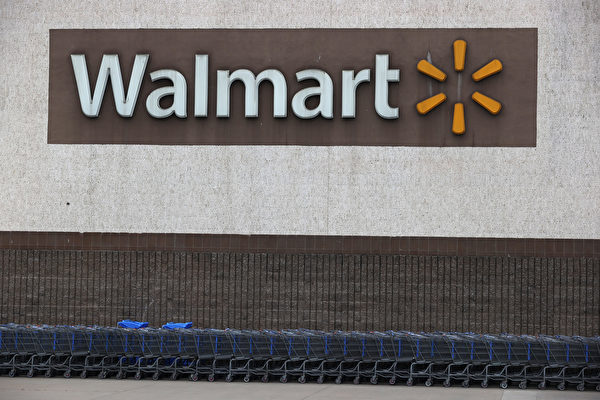On October 23, 2024, American retail giant Walmart announced on Tuesday (October 22) that it will provide prescription drug delivery service for a fee of $9.95, which is free for Walmart+ members.
The statement from Walmart on Tuesday mentioned that they have already been offering prescription drug delivery services in six states, including Arkansas, Missouri, New York, Nevada, South Carolina, and Wisconsin.
By the end of January 2025, Walmart plans to expand its prescription drug delivery service to 49 states. However, due to state laws, they will not be able to provide this service in North Dakota.
Tom Ward, Chief eCommerce Officer of Walmart USA, stated that the pharmacy delivery service is being increased in response to customer demand. “This is actually the number one service requested by our customers,” Ward said.
Walmart conducted tests of prescription drug delivery services in several states and found that they have an advantage in delivering multiple items in one shipment.
The delivery service applies to both new prescriptions and refills. The delivery fee is $9.95, the same as Walmart’s standard delivery fee for home delivery, while it is free for members of the Walmart+ program.
Additionally, the delivery of medications will depend on health insurance plans, with online delivery requirements being the same as in-store.
During delivery, medications will be transported in tamper-evident packaging. Customers can track their orders in real-time through Walmart’s app or website, and will receive a photo confirmation in the app or email upon prescription drug arrival. When customers order new prescription drugs and choose delivery, the system will prompt them to consult with the pharmacy via phone.
According to Walmart’s latest annual financial report, a significant portion of Walmart’s annual revenue in the United States (nearly 60%) comes from food and groceries, but health and wellness is a growing category for them. Health and wellness account for around 12% of their annual revenue in the US, including pharmacies, over-the-counter medications, other medical products, vision services, and other clinical services.
The prescription drug delivery service is also the latest example of Walmart’s attempt to surpass competitors in convenience and affordability.
Currently, traditional retail pharmacies are facing headwinds across the industry, with fewer customers opting to pick up prescriptions in-store due to changing consumer shopping habits. This trend has impacted the profitability and stock prices of pharmacies, prompting them to reconsider their business strategies.
Community chain pharmacies like CVS, Rite Aid, and Walgreens have already closed hundreds of stores.
However, it remains unclear how much market share Walmart can capture from these chain pharmacies, as they also offer same-day, one-day, and two-day prescription drug delivery services.
According to data released by Statista in March, CVS is the largest pharmacy in the United States in terms of prescription drug revenue and is projected to hold over 25% of the market share by 2023. Walgreens lagged behind other pharmacies last year with nearly 15% market share, while Walmart only held a 5% share.
CVS plans to close 900 stores within three years, with 851 stores already closed as of August.
Walgreens announced last week that they intend to close approximately 1,200 stores over the next three years, with 500 stores set to close in the 2025 fiscal year alone. The chain has around 8,700 stores in the US, with a quarter reportedly not profitable.

